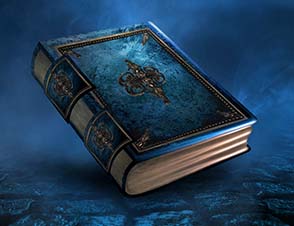The Ashes of Mirrodin Block
Now that Mirrodin Block Constructed is in full swing, with the top tiers filled with established decks (though there are still a few new spins cropping up here and there), I thought it would be interesting to think back on what didn’t seem to work in Mirrodin block as far as Constructed goes. As diverse as the metagame is with the banning of Skullclamp, there are still some major disappointments for the insatiable deckbuilders out there in both Block Constructed and Type Two.


